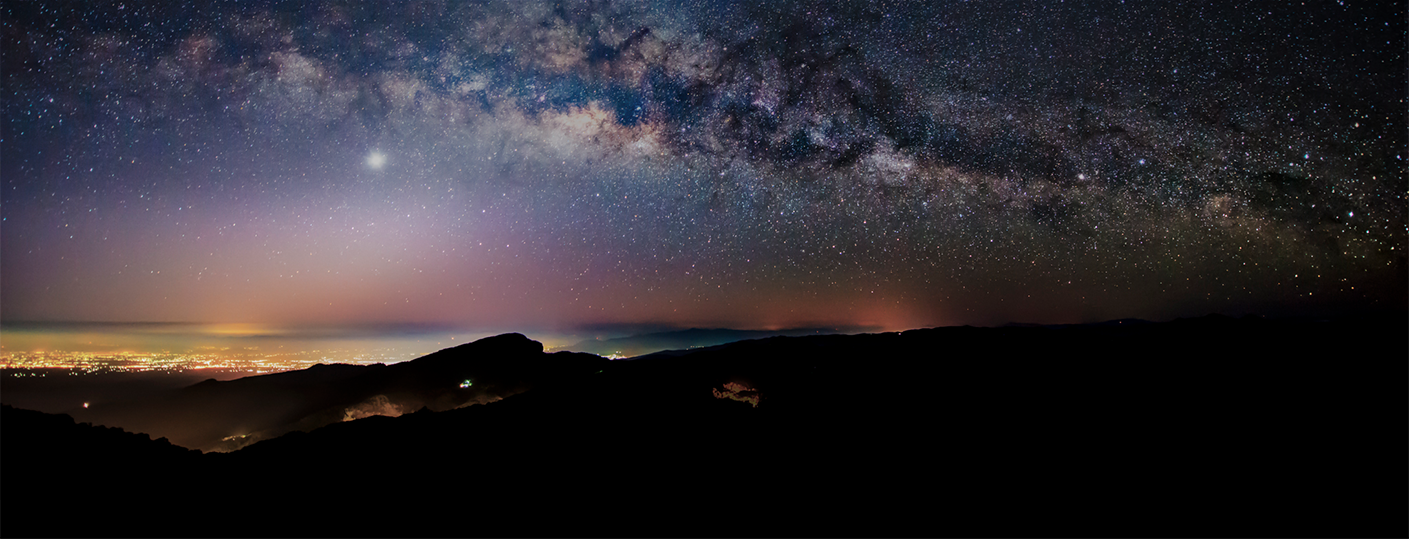
Alien vs. Editor
Exoplanet Blog

One of the strangest things in the cosmos might be – us. Among the thousands of planets confirmed to be in orbit around other stars, we’ve found nothing quite like our home planet. Other planets in Earth’s size range? Sure,…

It was March 1988, and astronomer David Latham was working into the night, puzzling over an odd result from an experimental instrument at Harvard’s Oak Ridge Observatory in Massachusetts. At the time, planets around other stars were an unproven –…
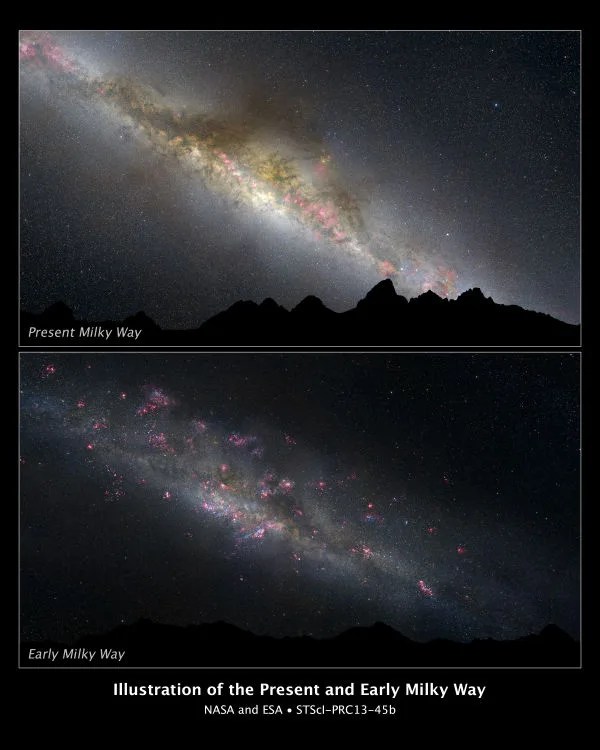
When we talk about the enormity of the cosmos, it’s easy to toss out big numbers – but far more difficult to wrap our minds around just how large, how far, and how numerous celestial bodies really are. To get…
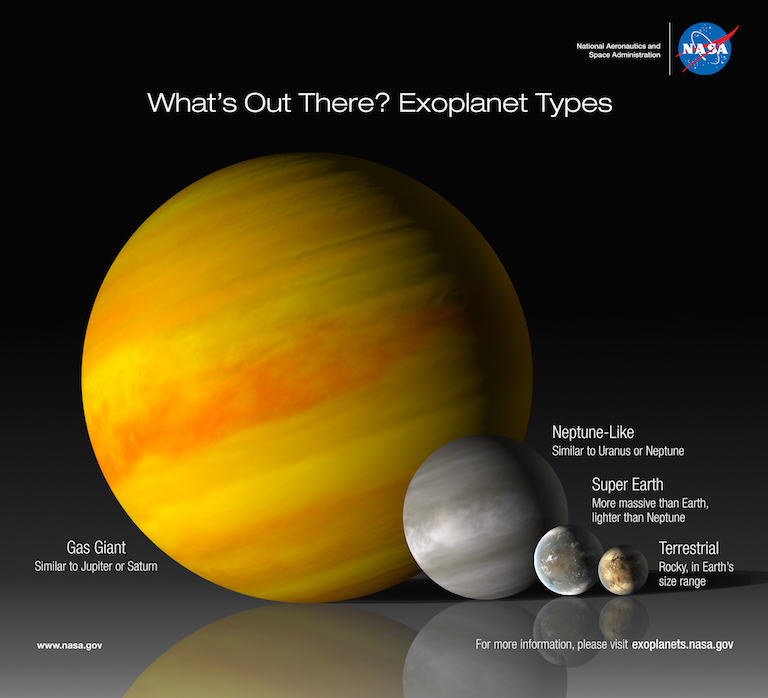
A trip down the list of exoplanets found so far is a wild ride. These planets beyond our solar system, whether orbiting other stars or floating freely between them, can make the planets closer to home look tame by comparison.…
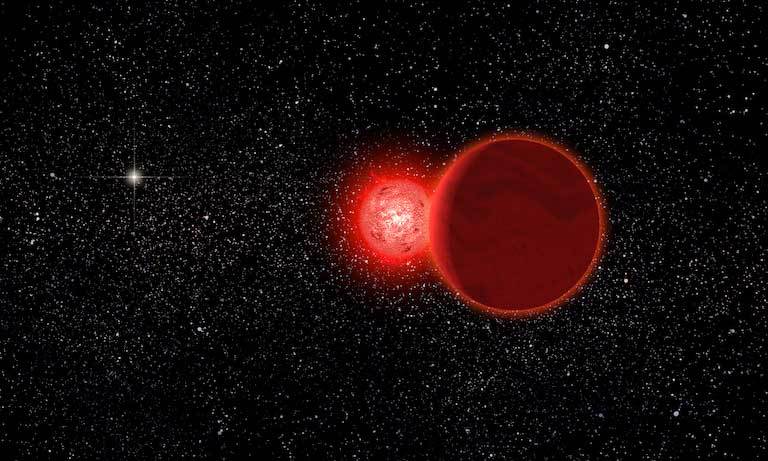
Stars jostling around the galaxy aren’t quite like a cosmic game of pool. But they do have occasional near misses as they speed past each other. Back when spears and stone points were the height of human technology, astronomers say,…
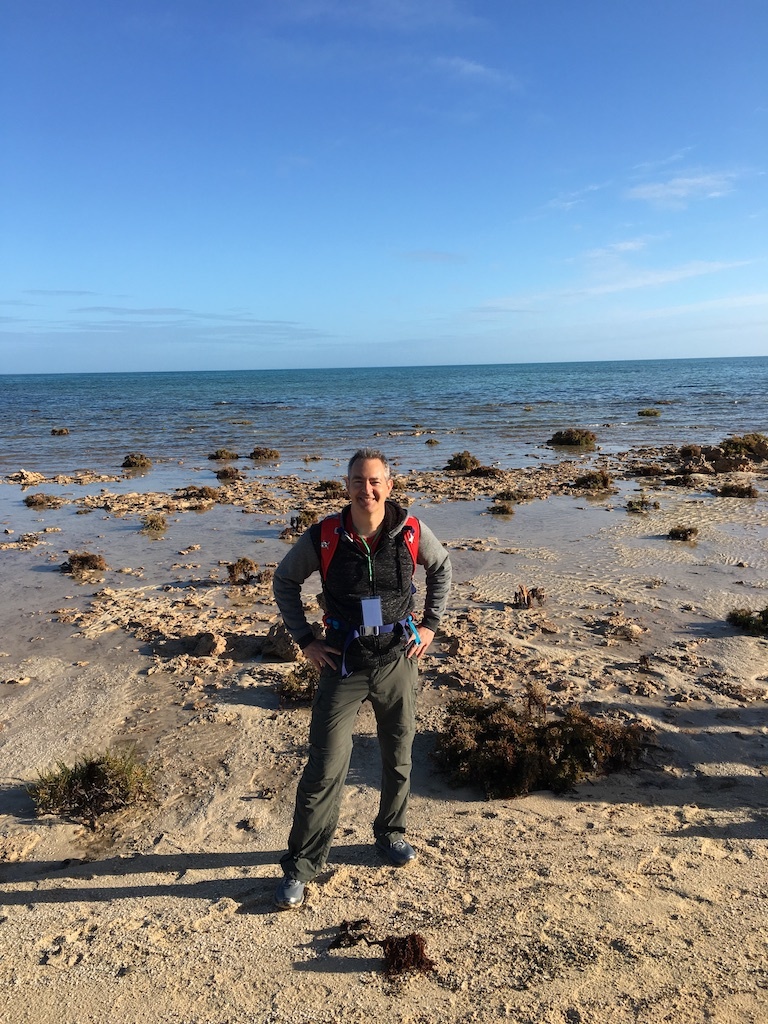
by Nick Siegler, chief technologist, NASA’s Exoplanet Exploration Program This past July I joined a group of geologists, geochemists, microbiologists, and fellow astronomers on a tour of some of the best-preserved evidence for early life. Entitled the Astrobiology Grand Tour,…
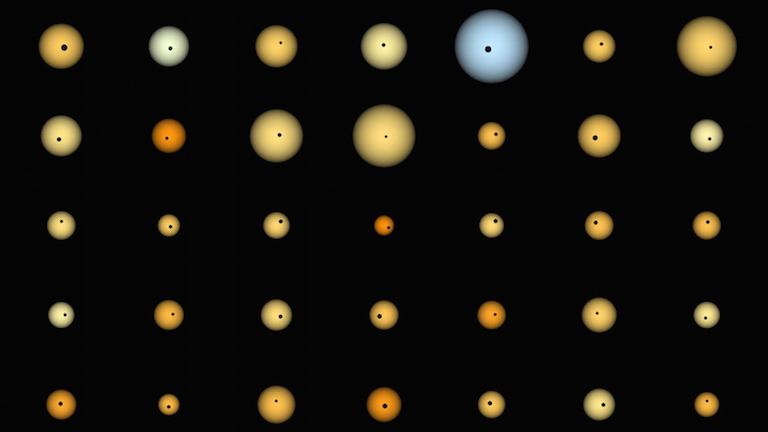
by Pat Brennan,NASA’s Exoplanet Exploration Program First they rolled in one by one, those newly discovered planets, like billiard balls pushed across a table. Counting them was easy. Then they came in handfuls. Still quite manageable; as ground-based observatories began…

by Elisa Quintana, astrophysicist,NASA Goddard Space Flight Center The Transiting Exoplanet Survey Satellite (TESS), scheduled to launch on April 16, is NASA’s next mission to search for exoplanets – planets outside our solar system. It will look for small planets…
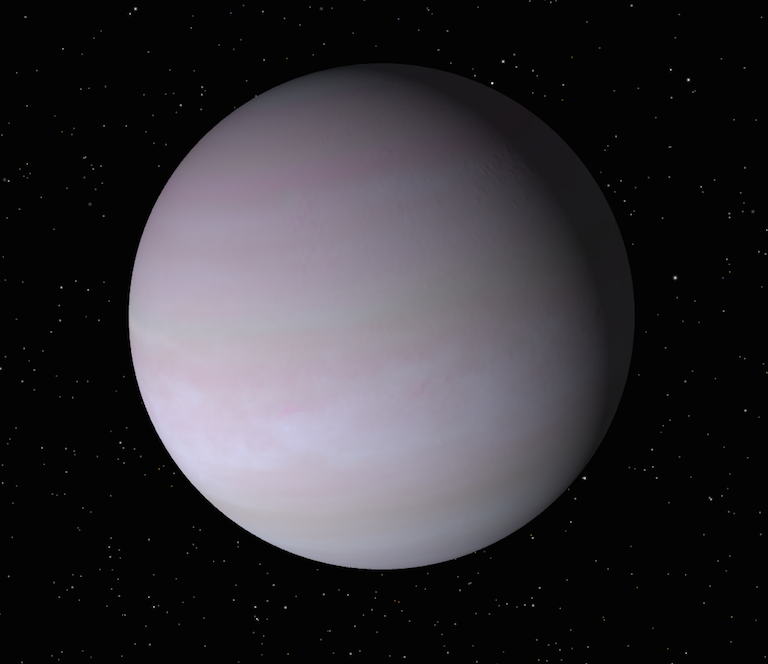
by Pat Brennan A massive gas giant more weighty than Jupiter, orbiting an orange star some 45 light years away, might be the most important exoplanet you’ve never heard of. The planet, called Gamma Cephei A b – “Tadmor” for…
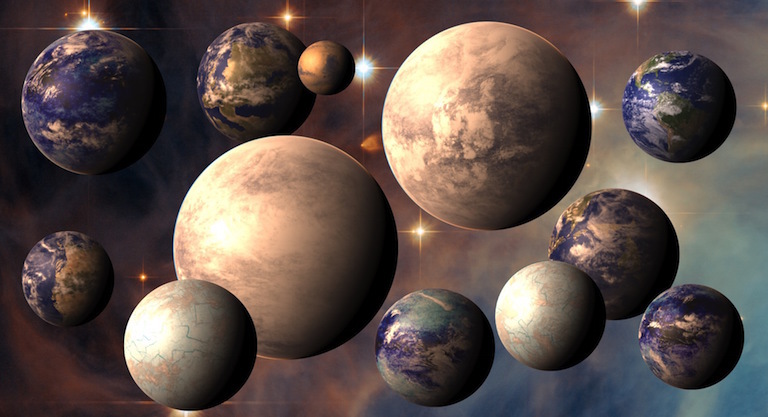
Exoplanets transform our view of the galaxy — and ourselves by Pat Brennan Look deeply enough into the night sky, and you’ll soon see how radically the universe has changed. You might have to borrow some space-based spyglasses – NASA’s Kepler, Spitzer or Hubble space…




























